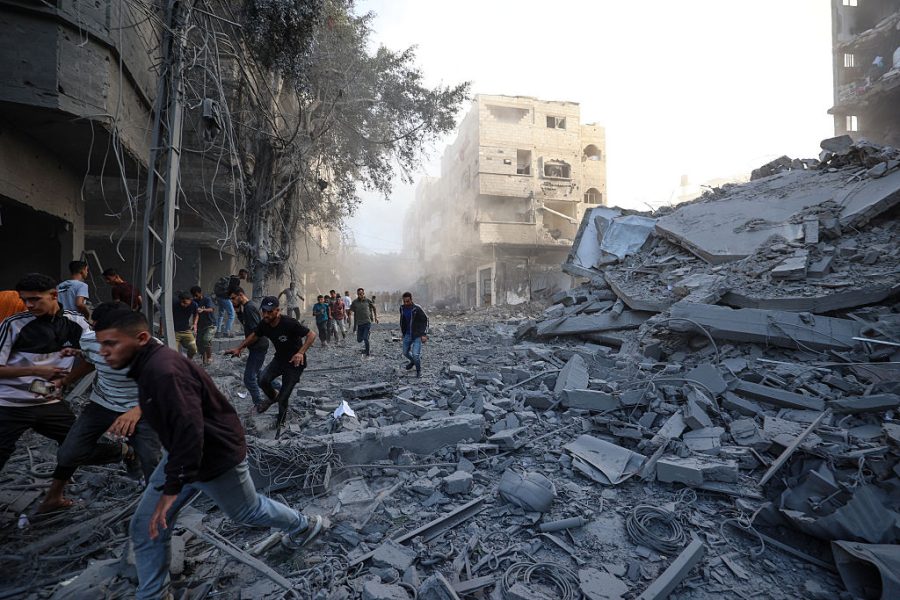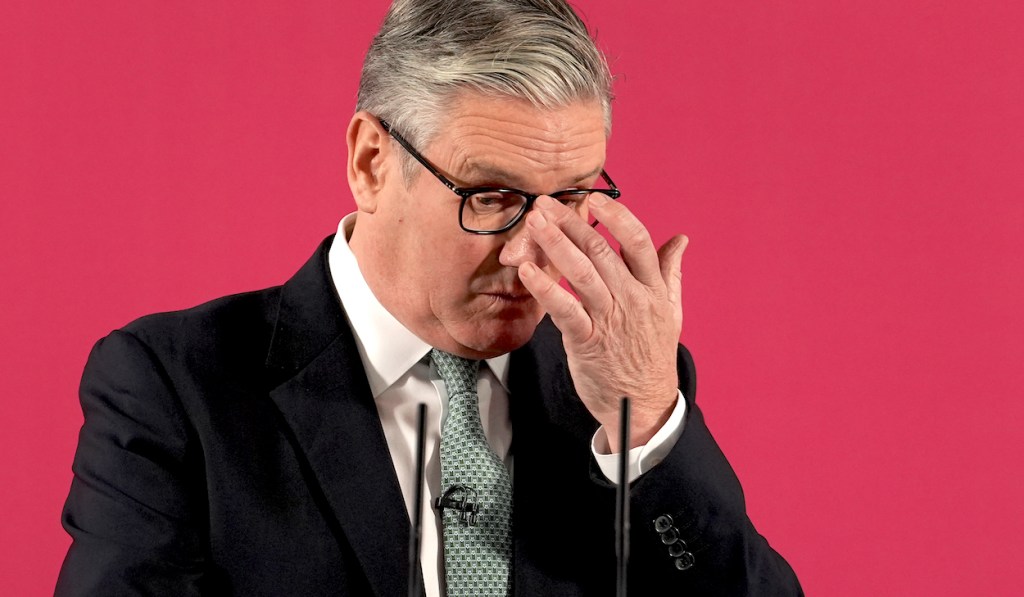The ceasefire in Gaza, barely settled just six days ago, has already been tested. Hamas was accused of violating the deal by firing rocket-propelled grenades and sniper fire at Israeli forces while the US warned the terror group was planning an ‘imminent’ attack on Palestinian civilians. In response, Israel struck a wave of targets within the Gaza Strip, reportedly killing at least 11 people. It was a swift and forceful retaliation, prompting immediate speculation: is the war back on?
Not necessarily. What unfolded in Gaza this morning bears a structural resemblance to events on the northern front nearly a year ago. In the days following the November 2024 ceasefire with Hezbollah, the Lebanese militia launched two mortars at Mount Dov. Israel responded by launching a wave of strikes across Lebanon. Since then, not a single rocket has been fired by Hezbollah into Israeli territory. The lesson was clear: the ceasefire marked not the end of Israel’s military readiness, but the beginning of a new strategic equation.
What Israel has done is not resume the war but redefine the rules of post-ceasefire deterrence
Hamas has issued a statement denying the attack in Rafah, insisting on its ‘full commitment to implementing everything agreed upon [in the deal], primarily the ceasefire in all areas of the Gaza Strip’. Claiming no knowledge of the assault, the terror group cited a lack of contact with fighters in Israeli-controlled zones since March. This denial fits a well-worn pattern: engage in hostilities, then disclaim responsibility when confronted. The posture of resuming fire while feigning restraint mirrors the group’s longstanding practice of plausible deniability, calculated ambiguity and disinformation. It allows Hamas to test Israeli red lines while shielding itself diplomatically.
Meanwhile, local media reports named Yahya al-Mabhouh, a senior commander in Hamas’s elite Nukhba unit, as the target of an Israeli strike in central Gaza. If confirmed, his death would mark a significant blow to Hamas’s leadership at a point when it is attempting to preserve the illusion of ceasefire compliance.
What Israel did, then, was not resume the war but redefine the rules of post-ceasefire deterrence. Whether Benjamin Netanyahu’s government intends to do the same in Gaza is now the central question. The political and strategic conditions have shifted: with no living hostages held in the zones of immediate fighting, the Israel Defence Forces face fewer operational constraints. A new precedent could be set, one that makes clear that ceasefire does not mean impunity. That calculation, however, is not merely tactical. It is rooted in the larger ambiguity that now defines Israel’s stance.
That ambiguity was sharply illuminated in Netanyahu’s appearance on Israel’s right-leaning Channel 14 last night. His lengthy interview was, in many respects, a retrospective lookback on the past two years of conflict. The Prime Minister presented a narrative of rising from catastrophe to victory, culminating in his announcement that he would formally name the conflict ‘the War of Rebirth’. The name itself was laden with meaning, marking a line of continuity, both historical and existential, between the current campaign and Israel’s founding struggles.
Yet, as comprehensive as the interview appeared, it was equally defined by what it did not say. There was no clear declaration that the war had ended. The formulation offered was conditional. ‘The war in Gaza will end definitively when the terms of the agreement that is to be accepted are implemented,’ Netanyahu said, specifying that the first phase was the return of the hostages and the second the disarmament of Hamas. Until those conditions are fulfilled, he suggested, the war remains suspended in its outcome.
This conditionality reflects a broader reality. Israel is no longer facing a single front or a single problem. It is confronting four distinct but overlapping theatres of conflict. First, there is the residual Iranian axis, weakened but not vanquished. Second, the rise of a radical Sunni branch of Islamism, backed by Turkey and Qatar, operating in the vacuum left by Shiite decline. This loose constellation of Sunni actors is more fluid and ideologically ambitious than the Iranian-led bloc and is increasingly assertive in Gaza, Syria, and beyond. Third, the return of the Palestinian question after the 7 October attack. And fourth, the internal front: a deeply fraught struggle over the soul and direction of the Israeli state.
It is this fourth front, in many ways the most intangible, that Netanyahu himself alluded to in the interview’s closing passages. Asked how he managed to function under relentless domestic and international pressure, he said his strength came from two sources: the belief that capitulation would endanger the State of Israel and the knowledge that ‘the majority of the people were with me’. That belief, whether accurate or not, has underpinned his wartime leadership and shaped the national narrative he now seeks to enshrine.
The war, even if technically suspended, remains politically and intellectually unresolved. It may now bear a name. But its end remains unwritten. The challenge for Israel is not only to manage flare-ups like today’s with proportional strength and clarity, but to articulate a coherent vision of what peace, or its absence, will require. The ceasefire, like the war itself, is a means, not an end. The story is far from over.








Comments